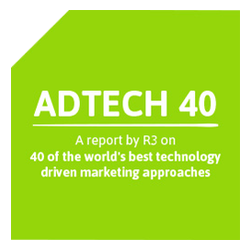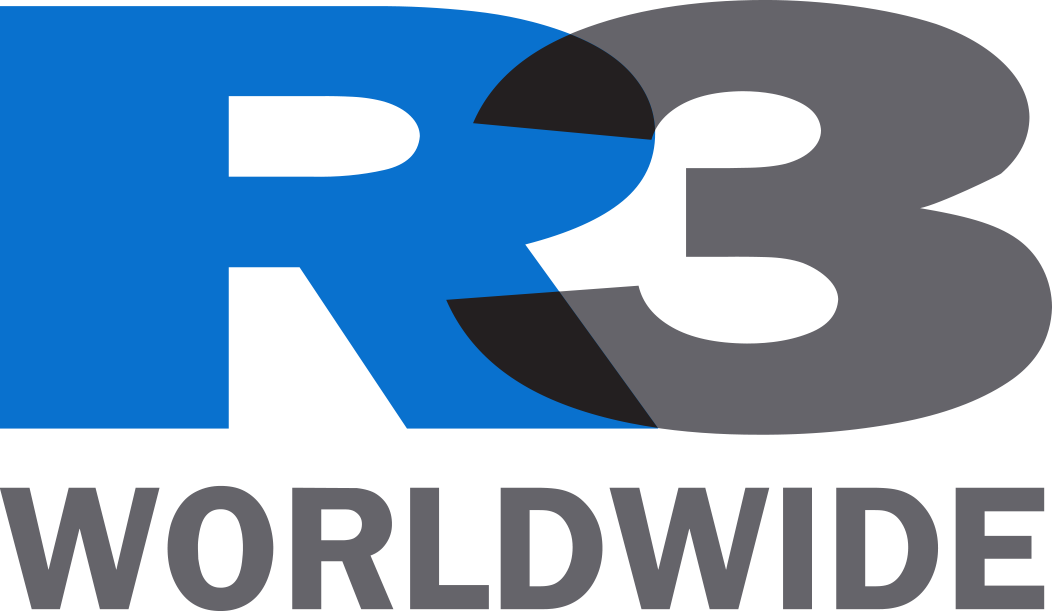1/ Programmatic Won’t Slow Down
A significant portion of a display ad budgets are already traded in real time, and the trend is only growing for both mobile and native ad formats. The combination of programmatic and smart content is another emerging trend, and a prime example of the merger of ad tech and mar tech. Brands are using their 1st and 3rd party data sets to target individuals with relevant content, as opposed to the earliest days of targeting when they would just serve ads to selected audience segments.


2/ Social As An Innovation Space
As more and more consumers are shifting their attention to their mobile screens, social media has become an integral part of brands’ marketing strategies. Social has become more than just a tweet or creative hashtag. Marketing firms are generating interactive video and creative in-feed advertisements, using targeting and social listening tools to do never before seen things with the social media platforms and content.

3/ Cross-Screen Is A Must
In today’s world of many screens, reaching out to customers through just one medium is no longer enough. Even if someone is watching TV, they are probably also checking social on their smartphone and shopping on their desktop at the same time. Brands are combatting consumers’ multi-screen lifestyle by syncing digital buys with TVC spots, creating mobile games to be played during live television events, and creating responsive content to reach potential customers regardless of device.

4/ Mobile First & Mobile Sustainable
By some measurements, mobile ad spending will account for nearly
a quarter of total media spends in 2016. Brand strategy has to start with mobile; it can no longer be a secondary strategy. Many marketing campaigns are now designed for a completely mobile experience, and mobile innovation goes well beyond a temporary mobile campaign site. Brands are innovating with games, m-commerce platforms, iBeacon technology, and more as a way to stay ahead.

5/ Gaming for All Ages
Gamification is a rising trend; many of our case studies include marketing firms that chose games as their engagement vehicles to reach consumers. Using innovative tech like virtual reality or brainwave scanners to create complex gaming situations does not limit to gaming to kids, and not only works to engage customers, but also creates sharable branded content to spread awareness through other channels.

6/ O2O Is on the Rise
When people hear “digital” or “ad tech,” they almost immediately think of the being on the internet. However, many brands are creating innovative in-store experiences and using tech innovations to drive sales in brick-and-mortar stores rather than solely relying on e-commerce (hence the term O2O – online to offline).
In The AdTech 40, the examples of this type of innovation range from in-store digital product displays, to being able to request a test-drive at an automotive dealership through an app or virtual reality experience.

7/ Adopt A Startup Mentality
Brands are allocating more of their budgets and resources to digital, allowing well-established brands to experiment with the hottest tech, adopting a startup mentality of constant innovation and staying one-step ahead of new trends. If they don’t invent something entirely new, they improve on what is already there. Several brands are partnering with their agencies to build social intelligence teams with an agile working method, helping them stay in the front row of the tech trends, reacting quickly on social media or adapting tech when it’s still in the prototype stage.

8/ A New Level of UGC
This new era of tech-driven marketing has ushered in
a new type of user generated content (UGC). Content
is more engaging and interesting than ever before, and people want to share it. Social sharing has evolved
past the days of cat videos and blurry holiday pictures; consumers can be a powerful vehicle for brands to get their message out there. In the AdTech 40, we highlighted a Verizon case study where they used Twitter to create a special fabric based on social conversations, taking UGC to never before seen levels.

9/ Tech Is Changing the Whole Marketing Process
Brands no longer have to “cast a wide net” and hope that it reaches its target audience. The level of consumer data is at an all-time high, and brands that don’t take advantage of this wealth of information, either by simply targeting or a more integrated tech solution, are going to come in second place to the brands that do. Addition- ally, the consumers are demanding (and rewarding) this “more involved” form of marketing. It’s either use tech or fall behind.

10/ IoT Is the Future
IoT has been a buzzword in the tech world for several years now, but the fact is, the world is more connected than ever before. According to a CMO article by Adobe, wearable technology will see a user adoption rate of 28% in 2016, and marketers can tap into the trend to connect with consumers in more innovative and useful ways. The data that comes with this connectivity is invaluable to marketers, and how brands will use it to engage with consumers remains to be seen.

